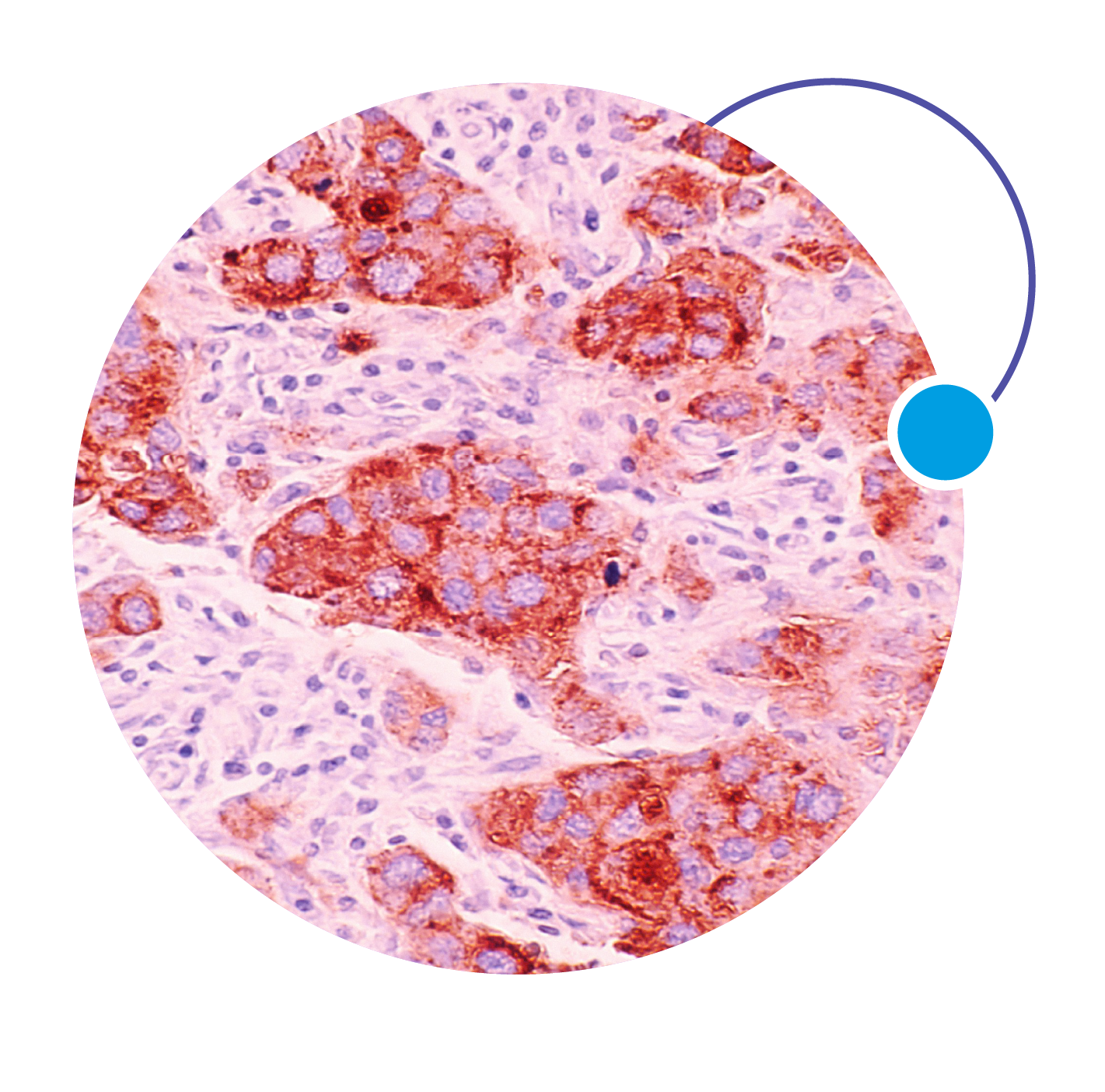WP3
Functional role, molecular mechanisms and targeting of epitranscriptomic marks in cancer
Objectives

Decipher the network of underlying factors that contribute to the deposition and turnover of epitranscriptomic marks in aggressive and /or metastatic tumours

Explore the role of RNA modifications in cancer cells in their interaction with the tumour microenvironment and the immune system

Identify epitranscriptomic marks and/or mechanisms that contribute to cancer progression and/or therapy response

Identify epitranscriptomic mechanisms and/or marks that can be targeted therapeutically
Description
WP3 will explore the functional consequences of differential epitranscriptomic marks, their crosstalk and their impact on cancer onset, progression and metastasis and test novel approaches to manipulate epitranscriptome alterations.
Given that the occurrence of specific RNA modifications in tumours has been established, we expect to decipher a network of factors that contributes to their deposition, decoding and turnover. We will also explore the (tumour) microenvironment that has already been shown to impact specific modifications, modulating treatment response and cancer therapy resistance. An important factor in tumour therapy is the immunogenic potential of tumours. Excitingly, it has been shown that specific RNA modifications can modulate the innate immune response; this is notably the case of A-to-I editing. Modulation of RNA modifications can therefore activate immune responses to tumour cells. Conversely, mRNA-based therapeutics (such as COVID vaccines) require stabilising and immune-suppressing modifications on the injected mRNA to allow efficient translation without excessive activation of the innate immune system.


We aim at developing modified RNAs that allow efficient expression of proteins while keeping the immune system in check. To achieve our goals, DC1 will search for links between ribosome methylation patterns, RNA editing events and tumour-specific genetic alterations affecting their occurrences by interrogating the established genomic and transcriptomic alterations and linking them to the epitranscriptome. Related to this, DC3 will use state-of-the-art machine-learning tools to decipher tumour-specific epitranscriptomic marks and to link them to occurring genetic alterations. DC4 will identify genetic alterations in factors that affect the deposition, stability and turnover of epitranscriptomic marks by manipulating the m5C protein effector machinery. DC5 will use ONT technology to study the epitranscriptome in the tumour microenvironment and its impact on RNA modifications that are of relevance for tumorigenesis and therapeutic success. Specific interference with epitranscriptomic marks by analysing in cellulo and in vitro the effect of genetic manipulation of A-to-I, m6A and Nm effectors and treatment with new drug formulations will be the aim of DC2, DC8 and DC14.
The development of such tools will use the ability to express or inhibit readers, writers, erasers and modulators of RNA modifications. Efficient expression will rely on the ability to target and express RNAs that encode them. Developing efficient translation systems while preventing hyperactivation of the immune system by generating synthetic mRNA molecules with single RNA modifications and clusters thereof will be the goal of DC7.


Jointly, WP3 will aim to identify and target tumour specific RNA modifications. This will generate insights into their functional involvement in tumorigenesis and their suitability as therapeutic targets. Ultimately, knowledge gained in WP3 will allow identification of specific RNA-modifications, the machineries affecting their turnover, their biological read-outs and the microenvironment affecting their dynamics. We will achieve this by exploring the chemical space of inhibitor compounds, but also by direct targeting of specific modifications using genetic engineering tools. Altogether, WP3 will identify tumour specific epitranscriptomic marks and by targeting and manipulation will give insight into their functional role in tumorigenesis and their suitability as therapeutic targets.


